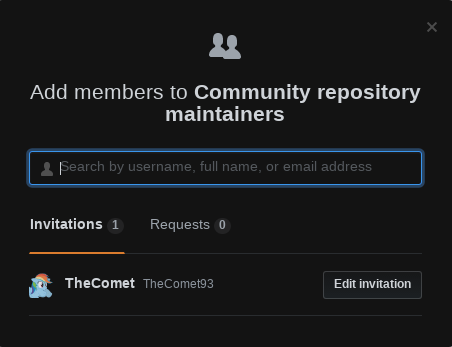Have you cinsidered the following scenario:
- We have all initially OK
- API change happens in Urho (probably by a person who knows nothing of side effects of change)
- CI step in main Urho3D repository passes OK. PR is accepted.
- Repository with modules break.
I think there should be CI for both repos so if change occurs in Urho3D, both should be checked, as
API consistency is on the one who changes it, not on otheres.
In addition - putting stuff manually in main Urho repo leads to huge can of worms and usability problems.
The repository should be created, maintained, usage should be standard, the doc should be written on how to add
own modul to the repo. Otherwise it will be huge crap pile and Urho usability and popularity will decrese below zero.
You know, products are used not because they are thin, they are used because they do what you want.
The ones who don’t want stuff can just remove everything they don’t need.
I do understand that maintaining more code is harder than maintaining less code, but I think if
the tossed code gets no attention it is the same as dead. Nobidy will happily search all Internet for modules,
then try to match versions with Urho, find which oes work, etc. There are much more established platforms
which tried this approach for ages, they at least found some solutions to this problem. I think Urho should not repeat these errors.

















 . We can easily create a page to catalog all the components and subsystems with their past build history. The active repos will float to the top and the inactive ones sink to the bottom organically. The key point is, each repository is maintained by each subteam; and you and TheComet are the maintainers of the team structure only (unless of course when you guys also happen to have your own components/subystems in the community repo).
. We can easily create a page to catalog all the components and subsystems with their past build history. The active repos will float to the top and the inactive ones sink to the bottom organically. The key point is, each repository is maintained by each subteam; and you and TheComet are the maintainers of the team structure only (unless of course when you guys also happen to have your own components/subystems in the community repo).





